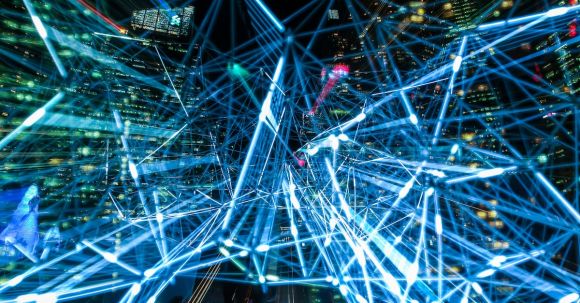Artificial intelligence (AI) has become a buzzword in recent years, with advancements in technology enabling machines to perform tasks that typically require human intelligence. But how exactly does AI learn? In this article, we will explore the fascinating world of AI learning and uncover the inner workings of this revolutionary technology.
The Basics of AI Learning
At its core, AI learning is a process that involves training a machine to perform specific tasks by providing it with large amounts of data. This process is often referred to as machine learning, which is a subset of AI. Machine learning algorithms enable machines to analyze data, identify patterns, and make predictions or decisions based on that information.
Supervised Learning
One of the most common approaches to AI learning is supervised learning. In this method, the machine is provided with a labeled dataset, where each data point is accompanied by a corresponding label or output. The machine then learns to identify patterns and make predictions based on the given labels.
For example, in image recognition, a machine can be trained to identify cats in images by providing it with a dataset of cat images labeled as “cat” and non-cat images labeled as “non-cat.” The machine learns to recognize common features in cat images and can then accurately classify new images as either “cat” or “non-cat.”
Unsupervised Learning
In contrast to supervised learning, unsupervised learning involves training a machine without providing explicit labels. Instead, the machine is given a dataset and is tasked with finding patterns or relationships within the data on its own.
Unsupervised learning is particularly useful when dealing with large and complex datasets where it may be challenging to manually label every data point. It allows the machine to discover hidden patterns or groupings that may not be immediately apparent to humans.
Reinforcement Learning
Reinforcement learning is another approach to AI learning that involves training a machine through trial and error. In this method, the machine interacts with its environment and receives feedback in the form of rewards or punishments based on its actions.
The goal of reinforcement learning is to maximize the total reward over time by learning which actions lead to positive outcomes and which actions should be avoided. This approach is often used in areas such as robotics and game playing, where the machine can learn to navigate complex environments or develop strategic gameplay.
Neural Networks and Deep Learning
Neural networks are a fundamental component of AI learning, particularly in the field of deep learning. These networks are inspired by the structure of the human brain and consist of interconnected layers of artificial neurons.
Deep learning algorithms enable machines to learn directly from raw data by automatically extracting features and patterns. This approach has revolutionized fields such as image and speech recognition, natural language processing, and autonomous driving.
The Future of AI Learning
As AI continues to advance, so too will its learning capabilities. Researchers are constantly exploring new techniques and algorithms to improve the efficiency and effectiveness of AI learning. This includes areas such as transfer learning, where knowledge gained from one task can be applied to another, and meta-learning, where machines can learn how to learn more efficiently.
Conclusion: The Power of AI Learning
Artificial intelligence is revolutionizing the way we live and work, and at the heart of this revolution is AI learning. Through various approaches such as supervised learning, unsupervised learning, reinforcement learning, and deep learning, machines are becoming increasingly proficient at analyzing data, identifying patterns, and making intelligent decisions.
The future of AI learning holds immense potential, with advancements in technology driving further breakthroughs in this field. As AI continues to learn and adapt, it will undoubtedly shape the world in ways we cannot yet fully comprehend.





